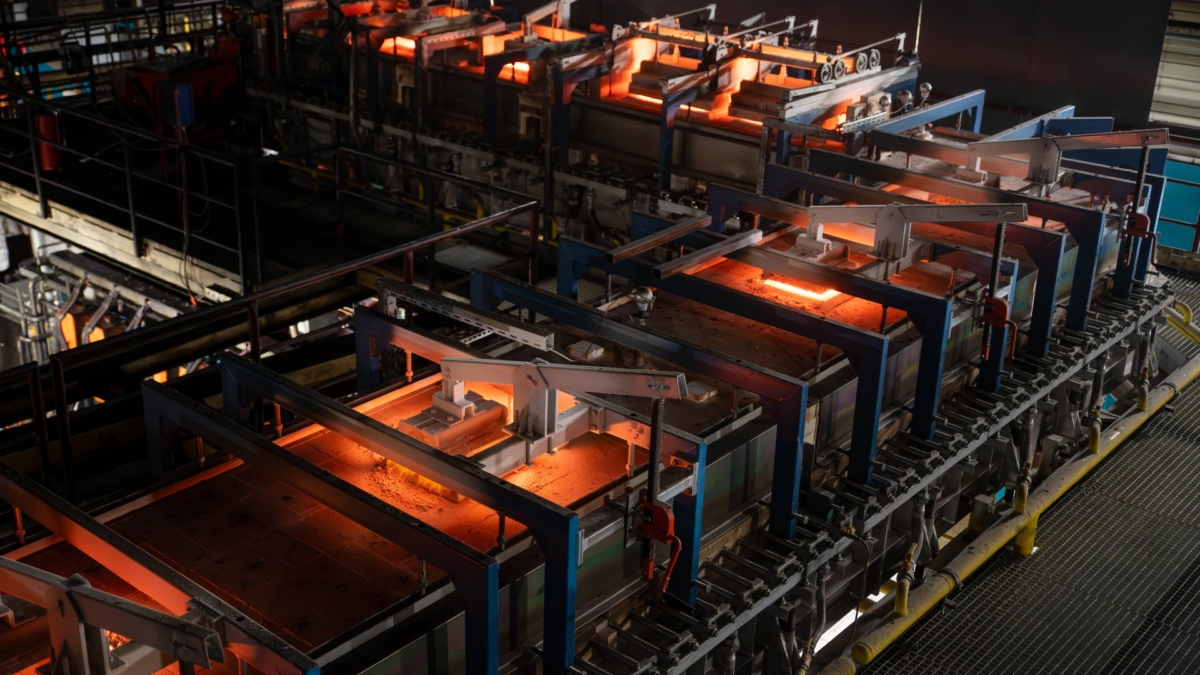Storage as a Cornerstone of the Energy Transition
As Europe accelerates its shift toward a low-carbon and smarter energy system, energy storage is emerging as a critical enabler of this transformation. From stabilizing power networks to optimizing renewable energy integration, storage technologies are reshaping how electricity is produced, distributed, and consumed. No longer limited to storing surplus energy, modern storage systems are being designed as active, responsive elements within the grid—capable of enhancing reliability, improving power quality, reducing operational costs, and increasing the efficiency and longevity of energy infrastructure.
At the same time, the industrial sector is emerging as a strategic partner in the evolution of energy storage. With high and often continuous energy demands—particularly for thermal energy—industrial processes present valuable opportunities to embed storage solutions directly into operational infrastructure. Thermal storage technologies can enable industries to shift energy consumption, improve efficiency, lower emissions, and even provide flexibility services back to the grid. In this way, storage extends beyond the grid edge, offering cross-sector benefits that support both decarbonization and economic competitiveness.
Thermal Energy Storage in the Context of Demo 1
Within this broader framework, Demo Case 1 in Slovenia explores an innovative approach to energy storage through molten glass thermal technology. The demo case features a regenerative U – flame furnace coupled with on – site solar PV generation.
U – flame (also known as end port) furnaces are advanced and high – efficiency melting systems wildly used in glass manufacturing. Heat is supplied to the furnace through a combination of fossil fuel combustion and electrical boosting. The latter is supplied to the furnace through molybdenum electrodes, which are submerged in the molten glass. By delivering direct energy input to the melt, boosting electrodes help maintain stable furnace temperatures, improve batch-to-melt conversion, and reduce reliance on fossil fuels. While traditional regenerative furnaces utilize electrical boosting at levels ranging from 5 to 10 % of the total energy input, the furnace in demo case 1 is capable of achieving an electric melting share of over 40 %.
This significant share of electrical input creates a strong foundation for integrating thermal storage in the glass industry. By directly linking renewable electricity (PV) to the furnace’s electrical boosting system, the demo enables real-time utilization and storage of surplus solar energy in the form of high temperature molten glass. This approach positions the furnace itself as a dynamic thermal battery, capable of absorbing fluctuating renewable energy and releasing it in a controlled manner during production, thus contributing to both industrial efficiency and energy system flexibility.
What We’ve Learned So Far
The full demonstration phase of Demo 1 marked a significant milestone in validating the performance of a hybrid molten glass furnace system integrated with solar PV and thermal storage. Key outcomes included the successful transition to full hybrid operation, achieved by progressively increasing the share of electric boosting while preserving glass quality and maintaining system stability. The integration of advanced modelling tools—covering both PV generation and furnace dynamics—alongside a smart optimization and scheduling framework, enabled efficient energy use, improved cost management, and responsiveness to electricity market signals. Importantly, the system also demonstrated its potential to deliver ancillary services to the grid, such as peak shaving and increased absorption of locally generated renewable energy, showcasing its dual value for both industrial operations and the broader energy system.
Looking Ahead
Demo Case 1 has demonstrated that thermal energy storage, when integrated directly into industrial processes, can play a transformative role in the clean energy transition. By harnessing molten glass as both a production material and a thermal storage medium, the Slovenian pilot illustrates how industry can actively support grid flexibility, renewable integration, and operational decarbonization. As the energy landscape continues to evolve, this approach offers a compelling blueprint for how high-temperature industries can become not only energy consumers, but also dynamic energy assets. The lessons learned from this demonstration pave the way for broader adoption of hybrid storage solutions across Europe, where innovation at the intersection of industry and energy will be essential for building a resilient, low-carbon future.
Author(s): Gorazd Krese (HRASTNIK 1860)
Share now!

